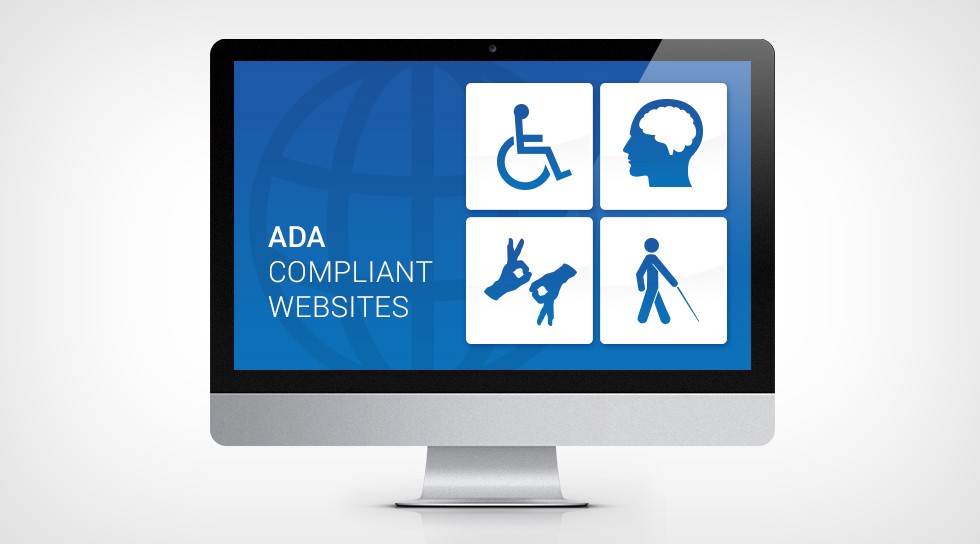You may have read about the recent class action lawsuit against Beyonce’s Parkwood Entertainment, LLC alleging its website discriminates against the visually impaired. The woman, Mary Conner says the star’s website is not designed or accessible for the visually impaired and doesn’t give blind fans a chance to buy tickets , merchandise or read about Knowles. The suit filed in U.S. District Court for the Southern District of New York, cites the ADA or Americans with Disabilities Act, states, “ requires places of public accommodation to ensure access to goods, services, and facilities by making reasonable accommodations for persons with disabilities” The suit requests an injunction requiring Knowles’ company to make adjustments to make the site accessible for blind fans and browsers. Conner also requests payment of “compensatory damages in an amount to be determined by the court”
Web compliant litigation is becoming a more common issue as websites are increasingly the main communication a consumer has to interact with a business. The ADA guidelines for a compliant website are:
CertainCertain business make accommodations for people with disabilities.
Businesses that fall under Title 1, those that operate 20 or more weeks per year with at least 15 full-time employees, or Title III, those that fall under the category of “ public accommodation,” are covered by the ADA
Web content should be accessible to the blind, deaf, and those who must navigate by voice screen readers or other assistive technologies
There are no clear regulations defining website accessibility
Failure to create ADA-compliant website could open a business to lawsuits, financial liabilities and damage your brand reputation.
The interesting part is that there are “no clear rules”, but a company is required to have a website that accommodates people with disabilities. Websites should be built from the ground up with ADA compliance as part of the architecture. However; existing websites can be retrofitted with ADA compliance, but that can come at a significant cost. The best place to look for for ADA compliant websites is government websites. Here are a couple of ways to address accessibility issues for a website:
Create text transcripts for video and audio content: Text transcripts allow the hearing impaired to interact with your site. It can also increase your Google site rankings.
Identify the sites language in header code: This helps users with text readers.
Offer alternatives and suggestions when users encounter input errors: You should always offer an alternative for users who are having a hard time with you site.
Create a consistent, organized layout: UX design of your site should clearly layout the site so that it is readable and clearly organized for the impaired.
Create alt tags for images, video, and audio files: Alt tags give the users the ability to read or hear alternative descriptions of content they might not otherwise be able to view.
The cost on non ADA compliance can be quite steep. Not only are you giving up a chance to build relationships with a potential lucrative customer base, but fines can be up to $50,000.
This area is still very subjective and at VWA Atlanta we believe a reasonable effort to offer accessibility for users with disabilities can help companies avoid legal action until hard and fast rules are put in place. If you would like a free ADA Website Compliance review please reach out to VWA at avanwinkle@VWAAtlanta.com.


